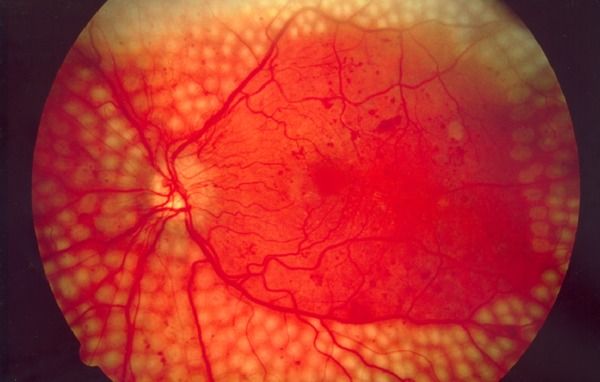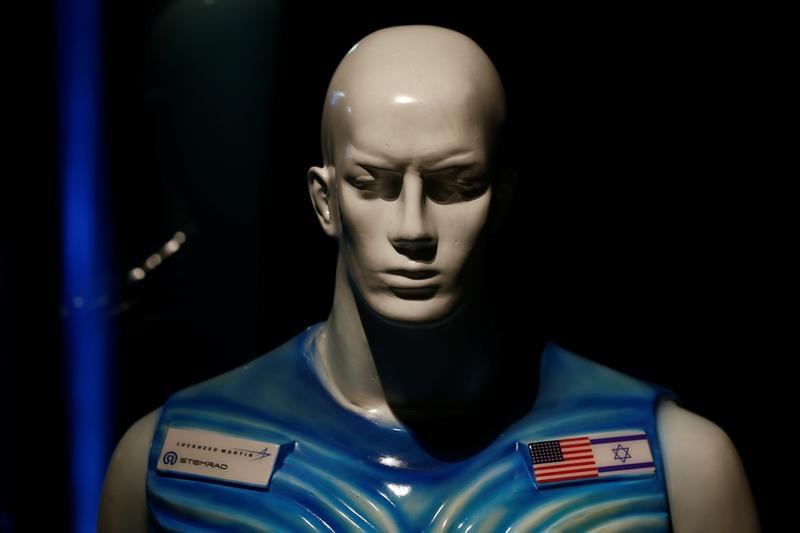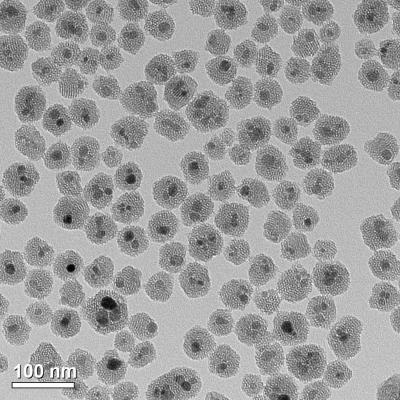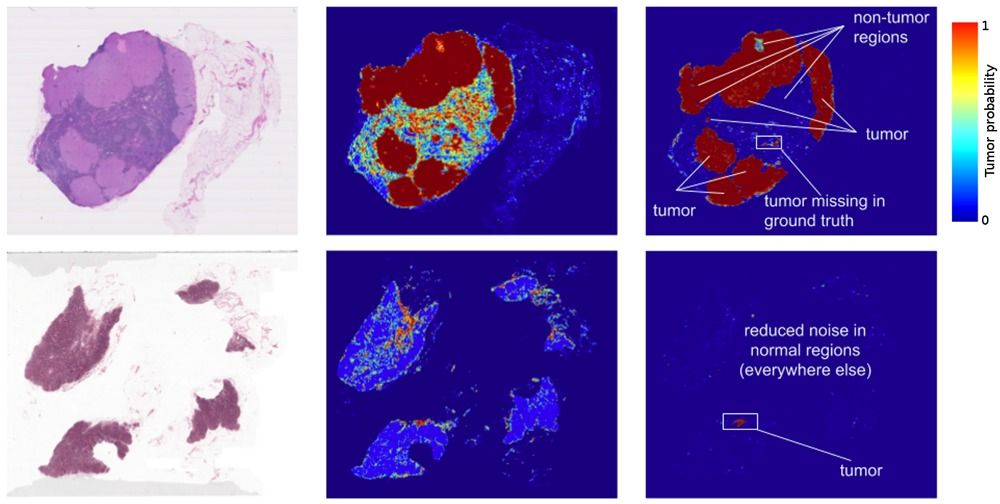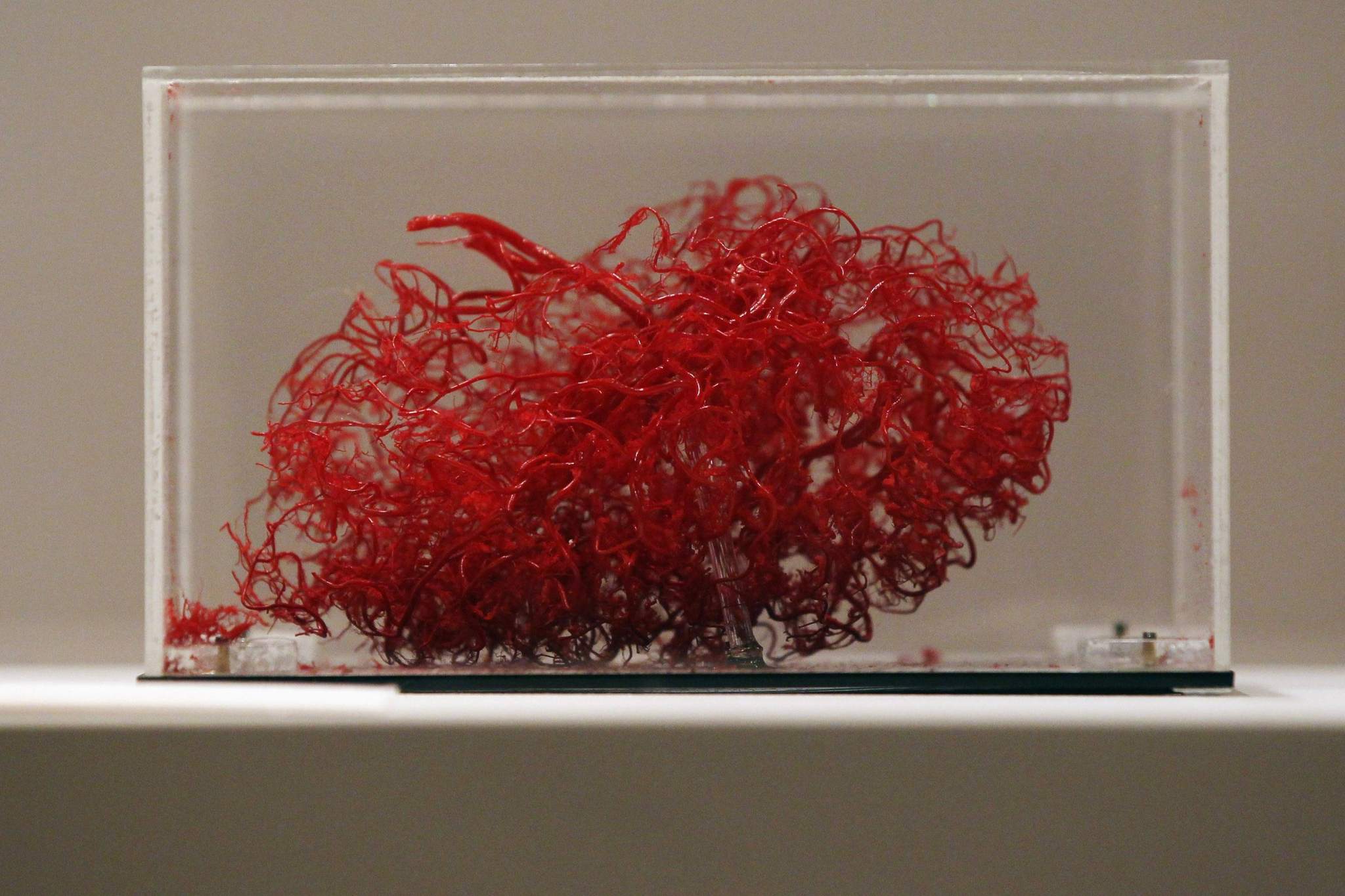Archive for the ‘biotech/medical’ category: Page 2435
Mar 5, 2017
AI Scientists Gather to Plot Doomsday Scenarios (and Solutions)
Posted by Brett Gallie II in categories: biotech/medical, cybercrime/malcode, Elon Musk, existential risks, military, policy, robotics/AI
Artificial intelligence boosters predict a brave new world of flying cars and cancer cures. Detractors worry about a future where humans are enslaved to an evil race of robot overlords. Veteran AI scientist Eric Horvitz and Doomsday Clock guru Lawrence Krauss, seeking a middle ground, gathered a group of experts in the Arizona desert to discuss the worst that could possibly happen — and how to stop it.
Their workshop took place last weekend at Arizona State University with funding from Tesla Inc. co-founder Elon Musk and Skype co-founder Jaan Tallinn. Officially dubbed “Envisioning and Addressing Adverse AI Outcomes,” it was a kind of AI doomsday games that organized some 40 scientists, cyber-security experts and policy wonks into groups of attackers — the red team — and defenders — blue team — playing out AI-gone-very-wrong scenarios, ranging from stock-market manipulation to global warfare.
Horvitz is optimistic — a good thing because machine intelligence is his life’s work — but some other, more dystopian-minded backers of the project seemed to find his outlook too positive when plans for this event started about two years ago, said Krauss, a theoretical physicist who directs ASU’s Origins Project, the program running the workshop. Yet Horvitz said that for these technologies to move forward successfully and to earn broad public confidence, all concerns must be fully aired and addressed.
Continue reading “AI Scientists Gather to Plot Doomsday Scenarios (and Solutions)” »
Mar 5, 2017
Scientists prove they can store 215 petabytes in a single gram of DNA, retrieve it error free
Posted by Klaus Baldauf in categories: biotech/medical, computing
DNA storage is the wave of the future as scientists have proven they can store incredible amounts of data in just a few grams of nucleic acid, and retrieve the data countless times, error-free.
Mar 4, 2017
Mars astronaut radiation shield set for moon mission trial: Developer
Posted by Klaus Baldauf in categories: biotech/medical, space travel
HAIFA, Israel A vest designed to shield astronauts from deadly solar particles in deep space is set for trials on a lunar mission ready for deployment on any manned mission to Mars, its Israeli developers said.
The AstroRad Radiation Shield has been devised by Tel Aviv-based StemRad, which has already produced and marketed a belt to protect rescue workers from harmful gamma ray radiation emitted in nuclear disasters, such as Chernobyl and Fukushima.
The vest will protect vital human tissue, particularly stem cells, which could be devastated by solar radiation in deep space or on Mars, whose sparse atmosphere offers no protection, StemRad’s CEO Oren Milstein said.
Mar 4, 2017
Transhumanist Wants to Run for California Governor Under Libertarian Banner
Posted by Zoltan Istvan in categories: bioengineering, biotech/medical, economics, genetics, geopolitics, transhumanism

The Libertarian Republic covering my libertarian run for California Governor:
Continue reading “Transhumanist Wants to Run for California Governor Under Libertarian Banner” »
Mar 4, 2017
Groundbreaking technology rewarms large-scale animal tissues preserved at low temperatures
Posted by Sean Brazell in categories: biotech/medical, finance, nanotechnology
Great news and a very promising vector for near future innovation!
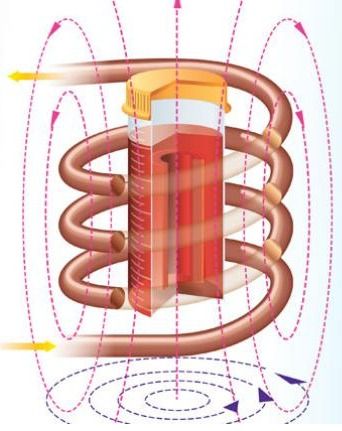
A research team led by the University of Minnesota has discovered a way to rewarm large-scale animal heart valves and blood vessels preserved at very low (cryogenic) temperatures without damaging the tissue. The discovery could one day lead to saving millions of human lives by creating cryogenic tissue and organ banks of organs and tissues for transplantation.
Mar 4, 2017
Google Deep Learning system diagnoses cancer better than a pathologist with unlimited time
Posted by Lily Graca in categories: biotech/medical, robotics/AI
Google has been working on advanced image-recognition systems for several years through its GoogLeNet projects. The project was, in part, aimed at the company’s autonomous car project, teaching self-driving cars to recognize everything from road layouts to stop signs.
The company has now applied GoogLeNet tech to cancer diagnosis, and reports that the system was already delivering good results straight out of the box, but says that tweaking the system has delivered stunning performance.
Pathologists have always faced a huge data problem in order to obtain an accurate diagnosis. A massive amount of information — slides containing cells from tissue biopsies, thinly sliced and stained — must be scanned in search of any abnormal cells. And time is of the essence.
Mar 4, 2017
New Evidence Links the Collapse of Aztec Society to a Deadly Salmonella Outbreak
Posted by Germen Roding in categories: biotech/medical, genetics
A new pathogen can have devastating consequences in genetically homogenous populations.
When Spanish forces arrived in Mexico in 1519, the native population was estimated to be around 25 million. A century later, there were only around 1 million left, following several devastating outbreaks of disease brought in from overseas.
Despite plenty of speculation, the diseases that contributed to the collapse of Aztec society remain unconfirmed. But now scientists have presented the first DNA evidence of a bacterial species from one of the worst epidemics — and it suggests that a deadly outbreak of salmonella might have been involved.
Mar 4, 2017
Californian researchers 3D print functioning blood vessels
Posted by Klaus Baldauf in categories: 3D printing, bioprinting, biotech/medical
Researchers from the University of California, San Diego have successfully 3D printed a framework of functional blood vessels. Blood vessel networks are important in transporting blood, nutrients and waste around the human body.
The research team employed a 3D bioprinting process involving hydrogel and endothelial cells. Endothelial are the form of cells that make up the inner lining of blood vessels.
Leading the research was Shaochen Chen, who explains the motivation of the project.
Continue reading “Californian researchers 3D print functioning blood vessels” »
Mar 4, 2017
Transhumanism: More Nightmare Than Dream?
Posted by Zoltan Istvan in categories: biotech/medical, cyborgs, ethics, law enforcement, life extension, policy, robotics/AI, transhumanism
A new well written but not very favorable write-up on #transhumanism. Despite this, more and more publications are tackling describing the movement and its science. My work is featured a bit.
On the eve of the 20th century, an obscure Russian man who had refused to publish any of his works began to finalize his ideas about resurrecting the dead and living forever. A friend of Leo Tolstoy’s, this enigmatic Russian, whose name was Nikolai Fyodorovich Fyodorov, had grand ideas about not only how to reanimate the dead but about the ethics of doing so, as well as about the moral and religious consequences of living outside of Death’s shadow. He was animated by a utopian desire: to unite all of humanity and to create a biblical paradise on Earth, where we would live on, spurred on by love. He was an immortalist: one who desired to conquer death through scientific means.
Despite the religious zeal of his notions—which a number of later Christian philosophers unsurprisingly deemed blasphemy—Fyodorov’s ideas were underpinned by a faith in something material: the ability of humans to redevelop and redefine themselves through science, eventually becoming so powerfully modified that they would defeat death itself. Unfortunately for him, Fyodorov—who had worked as a librarian, then later in the archives of Ministry of Foreign Affairs—did not live to see his project enacted, as he died in 1903.
Continue reading “Transhumanism: More Nightmare Than Dream?” »
